Are you aware that improper tree pruning contributes to over 50% of tree decline in urban environments? This is more than just a shocking statistic—it's a wake-up call for gardeners, homeowners, and anyone who values healthy, beautiful landscapes. Mastering summer tree pruning techniques is not only vital for the well-being of your trees but can significantly boost your property’s curb appeal, productivity, and long-term value. Whether you’re aiming for vibrant fruit trees, robust shade trees, or simply want to reduce disease and storm damage, learning the right pruning skills can transform your entire outdoor space. Dive in to uncover the expert secrets, easy-to-follow steps, and crucial mistakes to avoid for flourishing trees this summer!
‘Did you know that improper tree pruning contributes to over 50% of tree decline in urban environments? Proper summer tree pruning techniques can vastly improve both tree health and property value.’
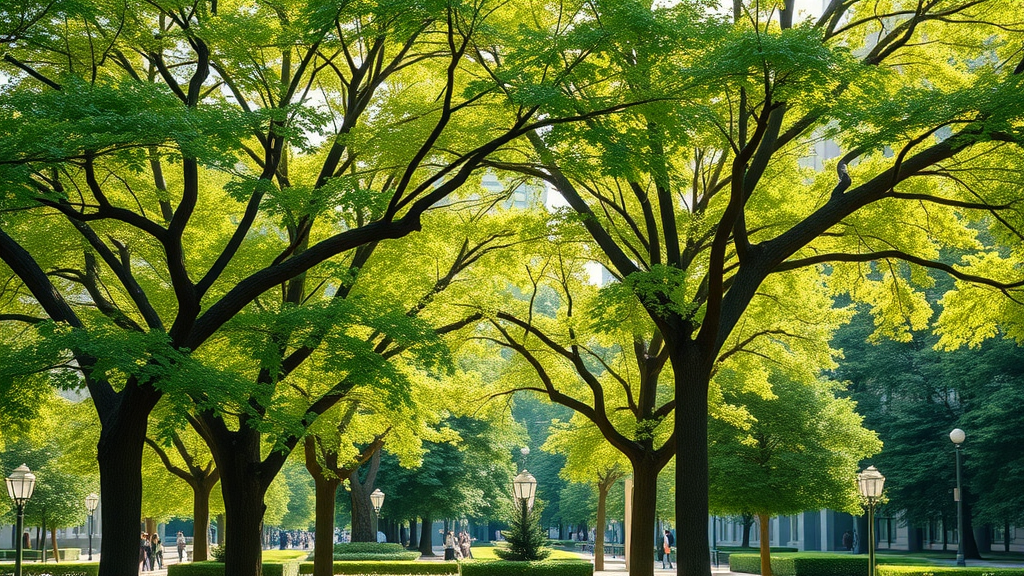
Unlocking the Secrets of Summer Tree Pruning Techniques: Surprising Insights
Effective summer tree pruning techniques go far beyond simply cutting back branches. Many gardeners and homeowners overlook the specific timing and methods that make a real difference in tree health and landscape beauty. While pruning trees in late winter is common, science shows that selective summer pruning is invaluable. It manages size, shape, and encourages robust, disease-resistant growth—giving your trees better air circulation and more sunlight where it's most needed. For example, fruit trees pruned in summer are less prone to excessive shoot growth, focusing their energy on fruit production instead of unnecessary greenery.
Urban and suburban gardeners often wonder whether they should prune trees during the summer’s growing season, fearing sap loss or stress. However, research and decades of tree pruning by certified arborists reveal that the summer months allow more precise control over canopy density. Practical examples include removing water sprouts from apple trees or thinning branches on maples to prevent breakage during storms. When executed with the right pruning technique , these actions preserve the tree’s structure and encourage reliable blooms and harvests year after year.
Why Mastering Summer Tree Pruning Techniques Matters for Every Landscape
- Increase fruit yield on fruit trees with precise summer tree pruning techniques
- Minimize disease through strategic summer pruning
- Maintain structural integrity and beauty of trees
The most successful landscapes blend beauty with functional, safe trees. Learning to prune your tree with the right method not only ensures lush, abundant fruit production but also minimizes long-term issues like broken branches and pest infestations. Summer pruning can help you spot and address small problems before they become big ones, resulting in healthier trees and easier maintenance. For homeowners, the positive impact on curb appeal and property value is tangible—visitors and buyers alike notice the difference in a well-maintained yard.
Benefits You Will Gain by Implementing Summer Tree Pruning Techniques
| Result | Benefit |
|---|---|
| Reduced disease risk in fruit tree and ornamental tree species | Improved Air Circulation |
| Stimulates fruit production and growth | Enhanced Sunlight Penetration |
| Easier maintenance and safer landscapes | Controlled Growth Patterns |
| More attractive, balanced, and healthy trees | Aesthetic Appeal |
When you prune trees during the summer with proven techniques, you enjoy a cascade of benefits. Improved air circulation and sunlight penetration are essential for both fruit trees and ornamentals. Removing dense or crossing branches means fewer fungal issues and pests, setting the stage for richer blooms and flavorful harvests. Summer pruning also encourages manageable, shaped trees that resist storm damage, reducing future maintenance and improving the safety of your yard for family and visitors.
Pruning Techniques for Fruit Trees: Maximizing Health and Harvest
Best Summer Tree Pruning Techniques for Different Types of Fruit Tree
- Thinning cuts for apple and pear trees
- Heading cuts on younger fruit trees
- Water sprout and sucker removal
Each type of fruit tree demands its own approach when applying summer pruning techniques. For apple and pear trees, thinning cuts are ideal—these remove selective branches to increase sunlight and air penetration. On younger fruit trees, careful heading cuts encourage strong scaffolding as the tree matures, which is crucial for later stability and fruiting. Water sprout and sucker removal is equally vital, since these fast-growing, weak shoots can divert essential nutrients from fruit production. Regular monitoring throughout summer ensures these growths are removed quickly and efficiently, guaranteeing robust harvests come autumn.

A Step-by-Step Guide: Tree Pruning Techniques for Young Trees
How to Properly Prune Young Trees in Summer
- Identify central leader and competing branches
- Select scaffolding branches with correct spacing
- Use proper pruning tools and make clean cuts
Pruning a young tree in summer requires a different technique than working with established specimens. Begin by locating the central leader—a main upward trunk—and removing any branches that compete or grow at sharp angles. Next, choose primary scaffolding branches that are evenly spaced around the trunk and positioned at the correct height. These will form the structure for the tree’s future growth, so accuracy now will make maintenance easier in the years to come. Finally, select sharp, sanitized pruning tools to make smooth, angled pruning cuts just outside the branch collar , minimizing damage and reducing risk of infection. This process allows young trees to develop sturdy, well-balanced canopies while staying healthy and disease-free.
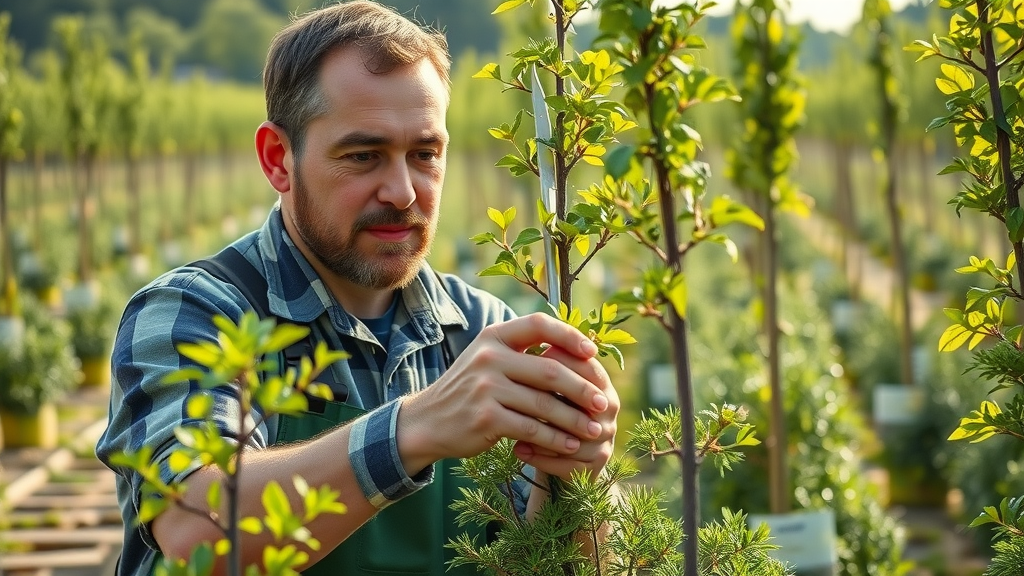
Understanding Summer Pruning: When and Why to Prune Trees During Warm Months
Seasonal Considerations for Using Summer Tree Pruning Techniques
- Timing to avoid excess sap loss
- Minimizing summer stress on mature trees
- Identifying vulnerable species during high heat
Determining the ideal timing and approach for summer tree pruning techniques is crucial for optimal results. Trees pruned too early in the growing season or during periods of extreme heat can experience excessive sap loss or stress, which may weaken their defenses. To avoid this, opt for cool mornings or mild, overcast days, and steer clear of pruning during heatwaves. Knowing your species is important: some trees (like maples and cherries) can be more susceptible to stress or sap issues in summer, while others thrive with light pruning. The right seasonal strategy boosts tree health, maintains a balanced canopy, and helps promote lush, vibrant growth through the hottest months.
Essential Tools and Safety for Effective Summer Tree Pruning Techniques
- Hand pruners, loppers, pole saws
- Disinfectant to prevent spreading disease
- Protective gloves, eyewear, and helmets
No matter your level of experience, having the correct tree pruning equipment is as critical as mastering the technique. High-quality hand pruners, loppers for thick branches, and pole saws for higher limbs all play key roles in achieving clean, precise cuts. Always keep your tools sharp and sanitized; using a disinfectant between trees or diseased limbs will prevent the spread of pathogens. Personal safety is equally important—protective gloves, sturdy eyewear, and helmets can prevent accidents, especially during challenging cuts or working overhead. These investments ensure every prune tree session is as safe as it is successful.

Video Demonstration: Key Summer Tree Pruning Techniques for Homeowners
For a visual walkthrough on how to apply the essential summer tree pruning techniques described above, check out our video demonstration. See real-life examples of proper thinning, heading, and safe tool use, so you can confidently approach your next pruning session.
Common Summer Pruning Mistakes: What to Avoid When Using Summer Tree Pruning Techniques
- Cutting too much at once
- Pruning at the wrong time of day
- Leaving jagged or torn wounds
- Ignoring the three-cut method for large limbs
Even experienced gardeners sometimes make costly errors when applying pruning technique in summer. A frequent mistake is removing too much foliage or too many branches at once, which can shock the tree and hinder growth. Timing matters—avoid pruning trees at midday when temperatures peak, as fresh wounds are more vulnerable to sunscald and stress. Using dull or unsuitable tools often results in jagged or torn cuts, leaving trees open to disease and slow healing. And for mature trees or thick branches, skipping the three-cut method greatly increases the risk of bark tearing—potentially causing long-term damage. Focus on steady, gradual improvements and always complete your final cut correctly, just outside the branch collar, for the healthiest recovery.
Experts Weigh In: Quotes on the Importance of Pruning Tree Branches in Summer
‘Pruning trees in summer not only improves their appearance, it’s vital for preventing disease and promoting strong new growth.’ – Certified Arborist
Leading certified arborists consistently stress the importance of targeted pruning in the summer. They point out that trees respond directly to the growing season’s energy cycles; timely removals of water sprouts, crowded limbs, or diseased wood dramatically influence both appearance and long-term health. Properly executed summer tree care can rejuvenate even an aging specimen, setting the stage for vigorous regrowth and stunning blossoms when the next season arrives.
Summer Tree Pruning Techniques for Mature and Established Trees
How to Prune Old Growth Without Harming the Tree
- Focus on dead, damaged, or crossing branches
- Minimize cuts to reduce stress
- Prioritize air flow in the canopy
Mature and established trees require a conservative, strategic approach during the summer months. Concentrate your efforts on removing only the dead, damaged, or crossing branches . Over-pruning established trees can lead to considerable stress, opening pathways for pests and disease. Instead, make minimal, targeted removals that encourage better air circulation while enhancing structural integrity. Avoid reshaping the tree too aggressively; this maintains its natural character and reduces shock. For older trees particularly, each pruning cut should be made with the health of the whole organism in mind—aim to nurture a balanced, stable canopy for years to come.
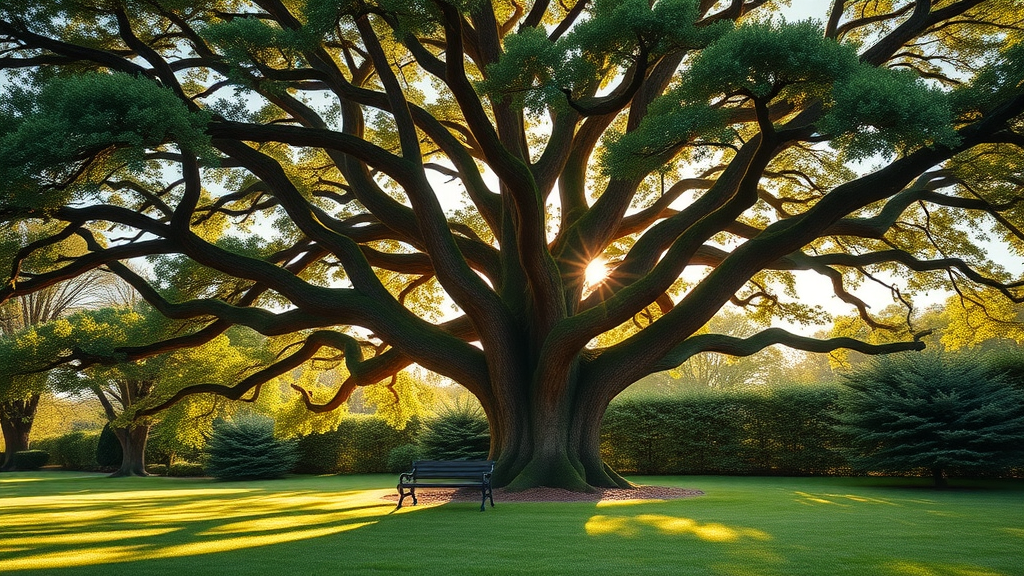
People Also Ask: Expert Answers on Summer Tree Pruning Techniques
What are the 3 C's of pruning?
- Cut out the dead, damaged, and diseased (the 3 C’s stand for ‘Cut,’ ‘Clear,’ and ‘Correct’). These steps foster vigorous, healthy regrowth and reduce the chance of infection when applying summer tree pruning techniques.
What is the 123 rule of pruning?
- The 123 Rule means: Step 1, remove dead or dangerous branches; Step 2, selectively thin crowded areas; Step 3, shape and maintain the canopy—applying these in summer supports long-term tree vitality.
What are the 5 rules of pruning trees?
- Always prune at the proper time; Remove problem branches first; Don’t over-prune; Make clean, angled cuts; Preserve the tree’s natural shape. Following these rules enhances summer tree pruning technique outcomes.
Is it okay to trim tree branches in the summer?
- In most cases, yes; summer is optimal for thinning and shaping—especially for fruit tree varieties—when using proper summer tree pruning techniques. However, avoid pruning during high heat waves to reduce stress.
Frequently Asked Questions on Summer Tree Pruning Techniques
- How often should I perform summer pruning? – Light pruning can be done yearly for most species, but always monitor for growth habits and only make necessary removals.
- Do all trees benefit from summer tree pruning techniques? – Most do, especially fruit and ornamental trees, but some species or cultivars should be pruned at different times. Research your specific variety.
- What are signs of over-pruning during summer? – Wilting leaves, sunburned bark, and reduced growth. Always limit drastic cuts and observe recovery after each session.
- Is it necessary to seal cuts after summer pruning? – In most cases, no. Healthy trees naturally compartmentalize wounds. Use sealant only if disease is a concern or on high-value specimens.
Best Practices Checklist: Summer Tree Pruning Techniques for Every Gardener
- Inspect trees before every pruning session
- Sterilize all cutting tools
- Make thoughtful cuts to optimize health and structure
- Dispose of diseased clippings properly

Bonus Table: Quick Reference for Summer Tree Pruning Techniques by Tree Type
| Tree Type | Recommended Cut |
|---|---|
| Apple | Thinning, heading, water sprout removal |
| Maple | Remove dead branches, avoid heavy pruning in heat |
| Pear | Shape canopy, remove excess shoots |
| Cherry | Thin overcrowded limbs, maintain structure |
Take Action: Elevate Your Garden with Proven Summer Tree Pruning Techniques
- Share your insights on tree care -- call 203-271-7991 to discuss!
Enhance your garden’s beauty and health this season—follow these summer tree pruning techniques, and don’t hesitate to reach out for expert advice to ensure your trees thrive all year round.
To enhance your understanding of summer tree pruning techniques, consider exploring the following resources:
-
“General Pruning Techniques” : This comprehensive guide from NC State Extension covers various pruning methods, including timing and techniques suitable for different tree species. ( content.ces.ncsu.edu )
-
“A Complete Guide to Pruning and Trimming Trees” : Fiskars provides detailed insights into pruning methods such as crown thinning, raising, and reduction, along with best practices for maintaining tree health. ( fiskars.com )
These resources offer valuable information to help you master effective summer tree pruning techniques, ensuring the health and beauty of your trees.
 Add Row
Add Row  Add
Add 

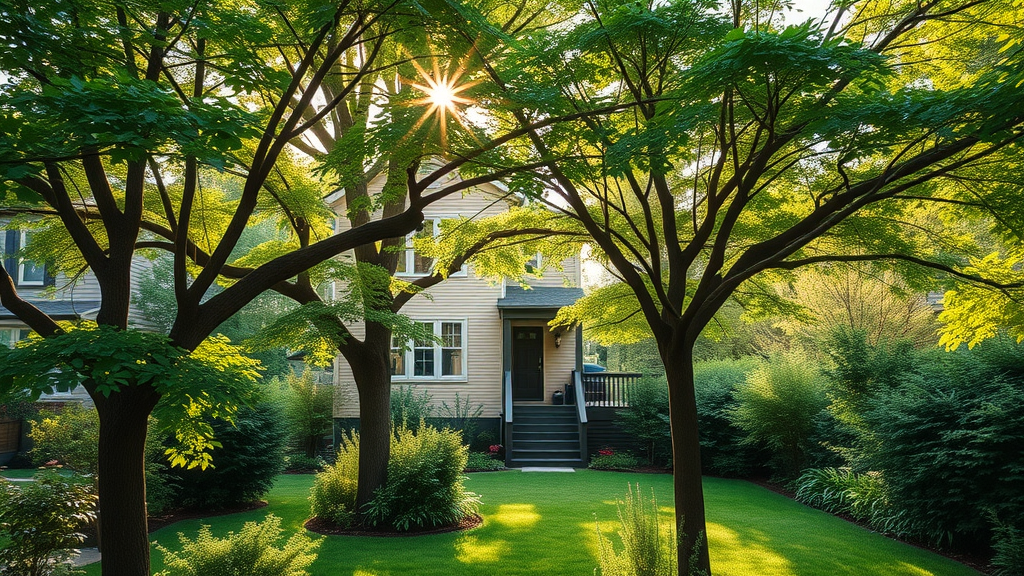
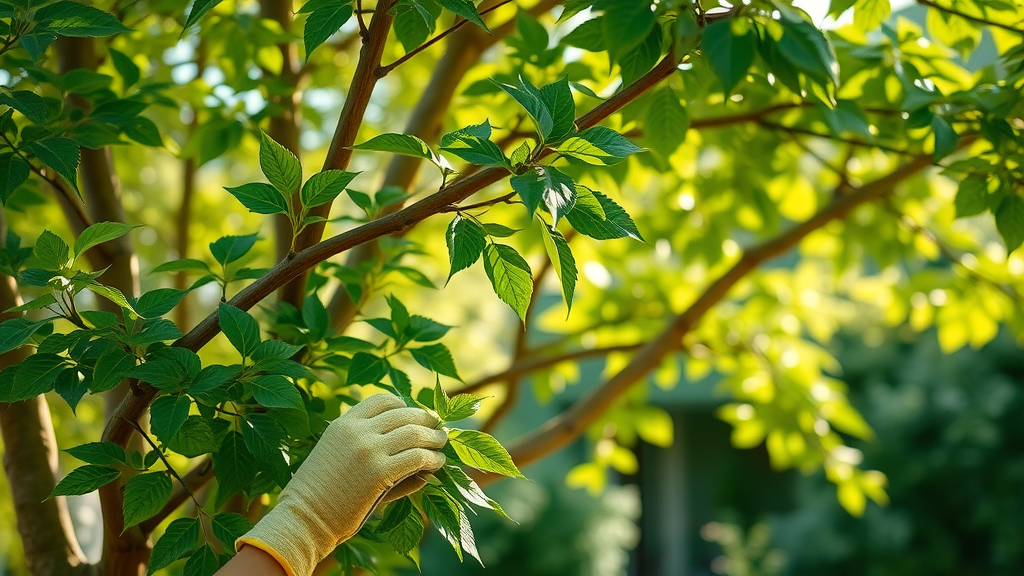
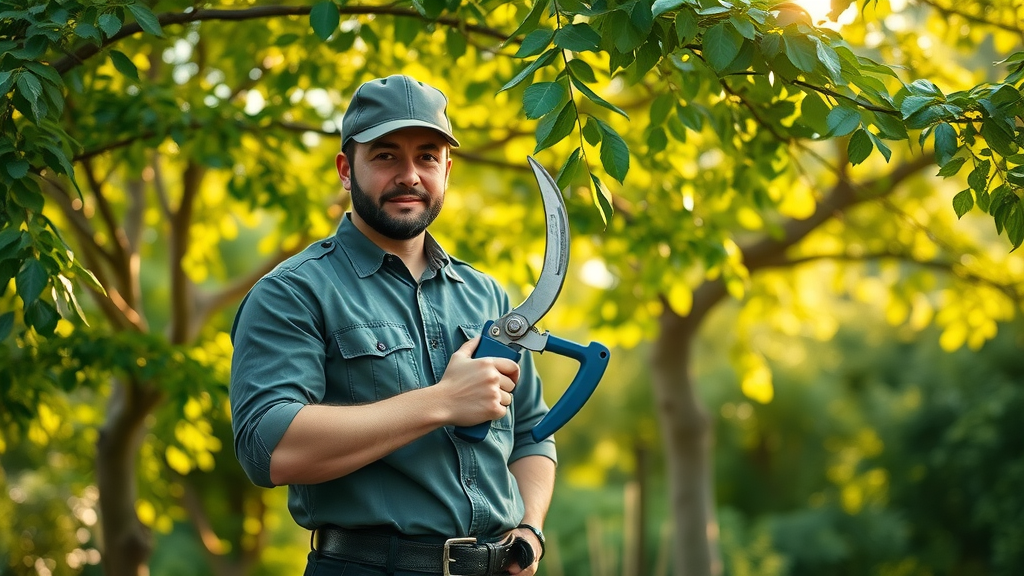
Write A Comment